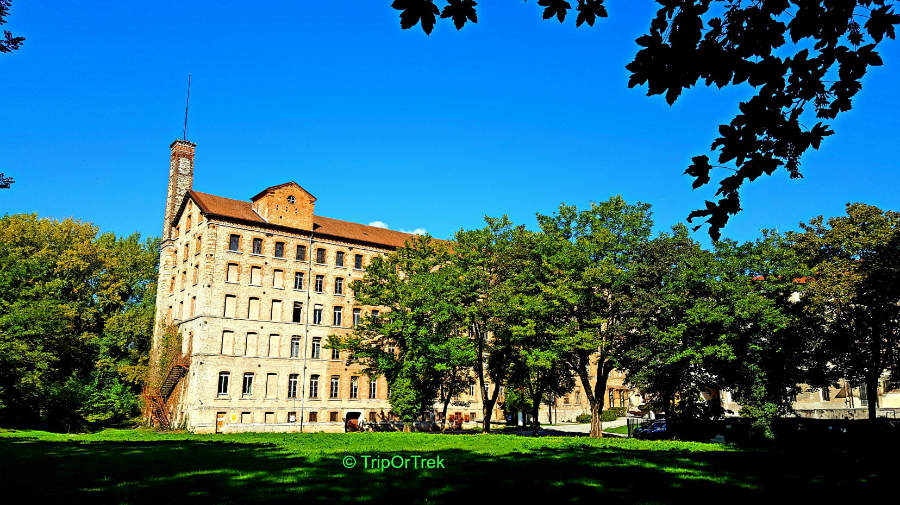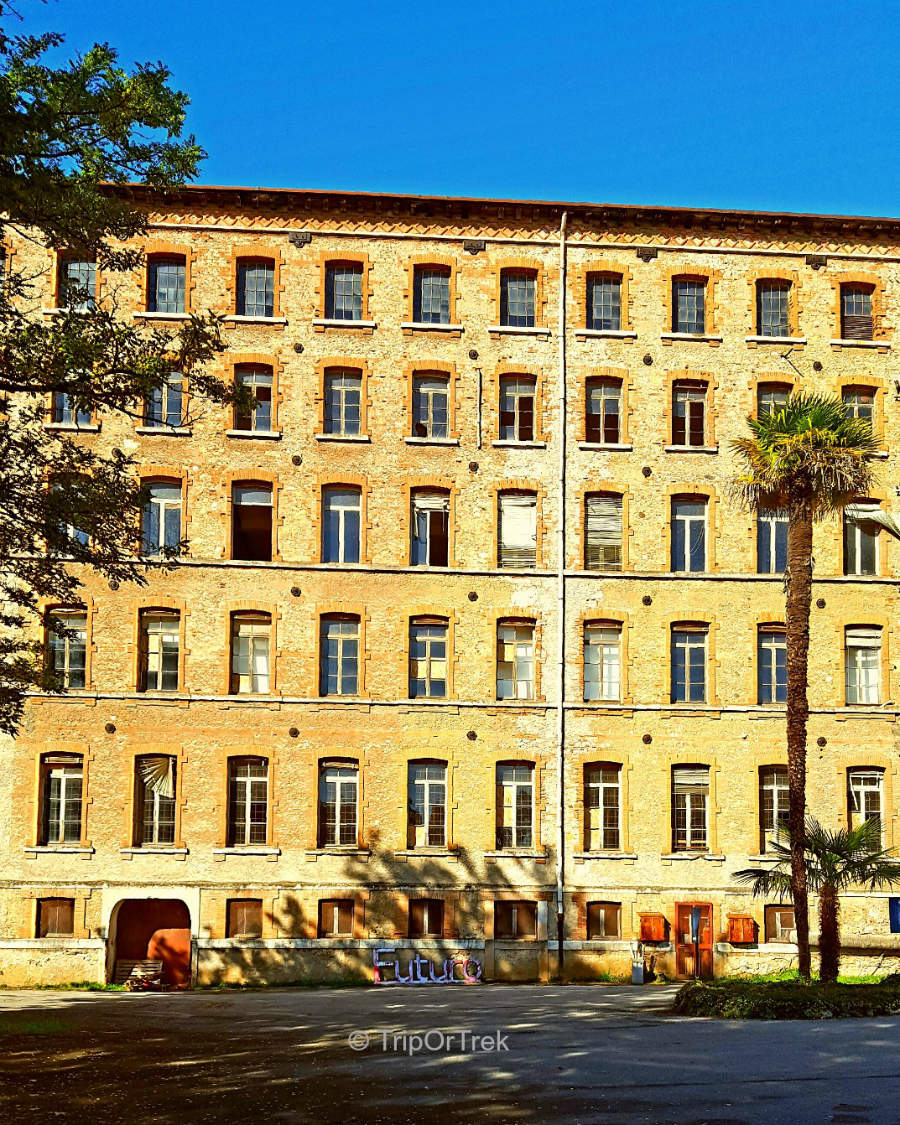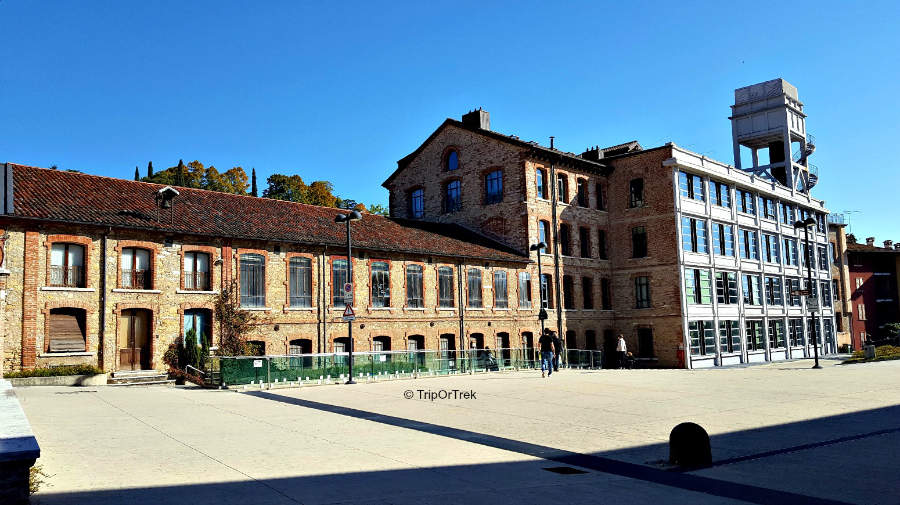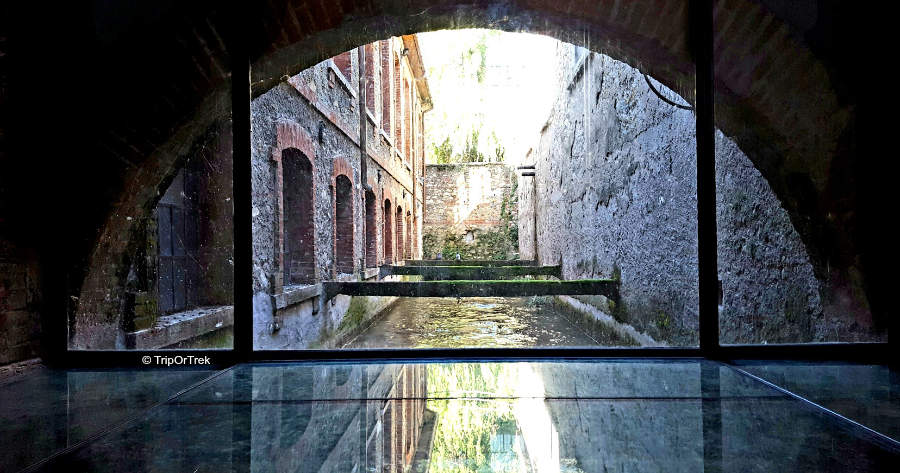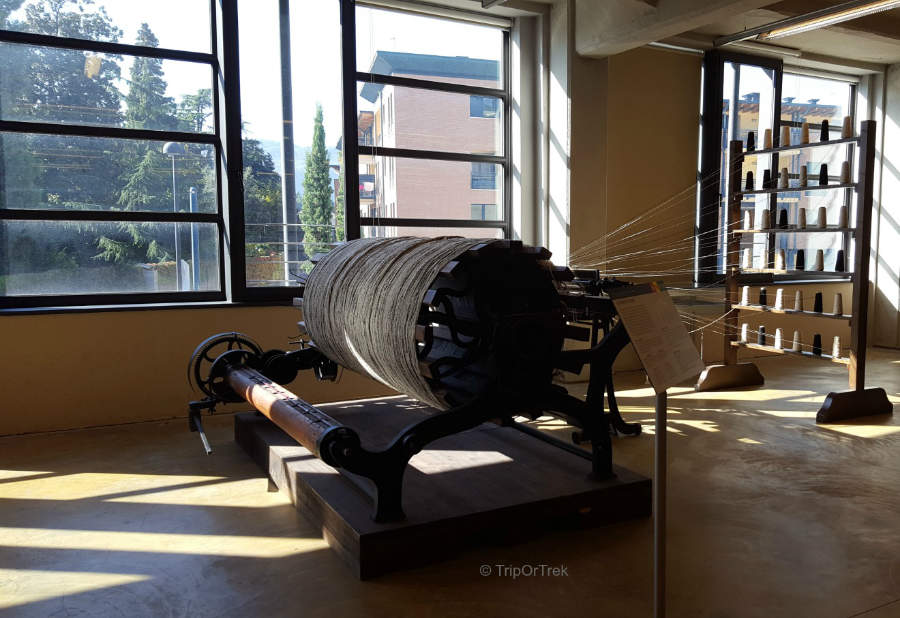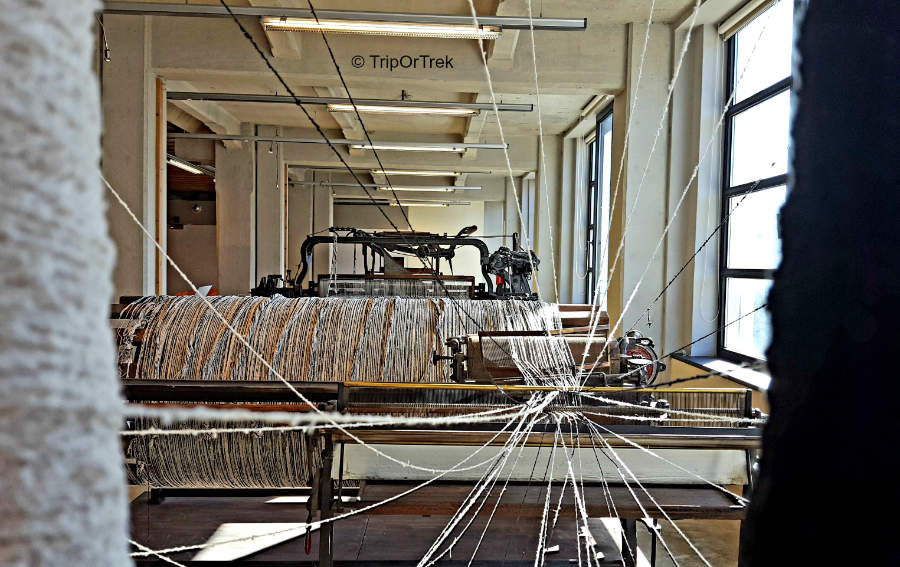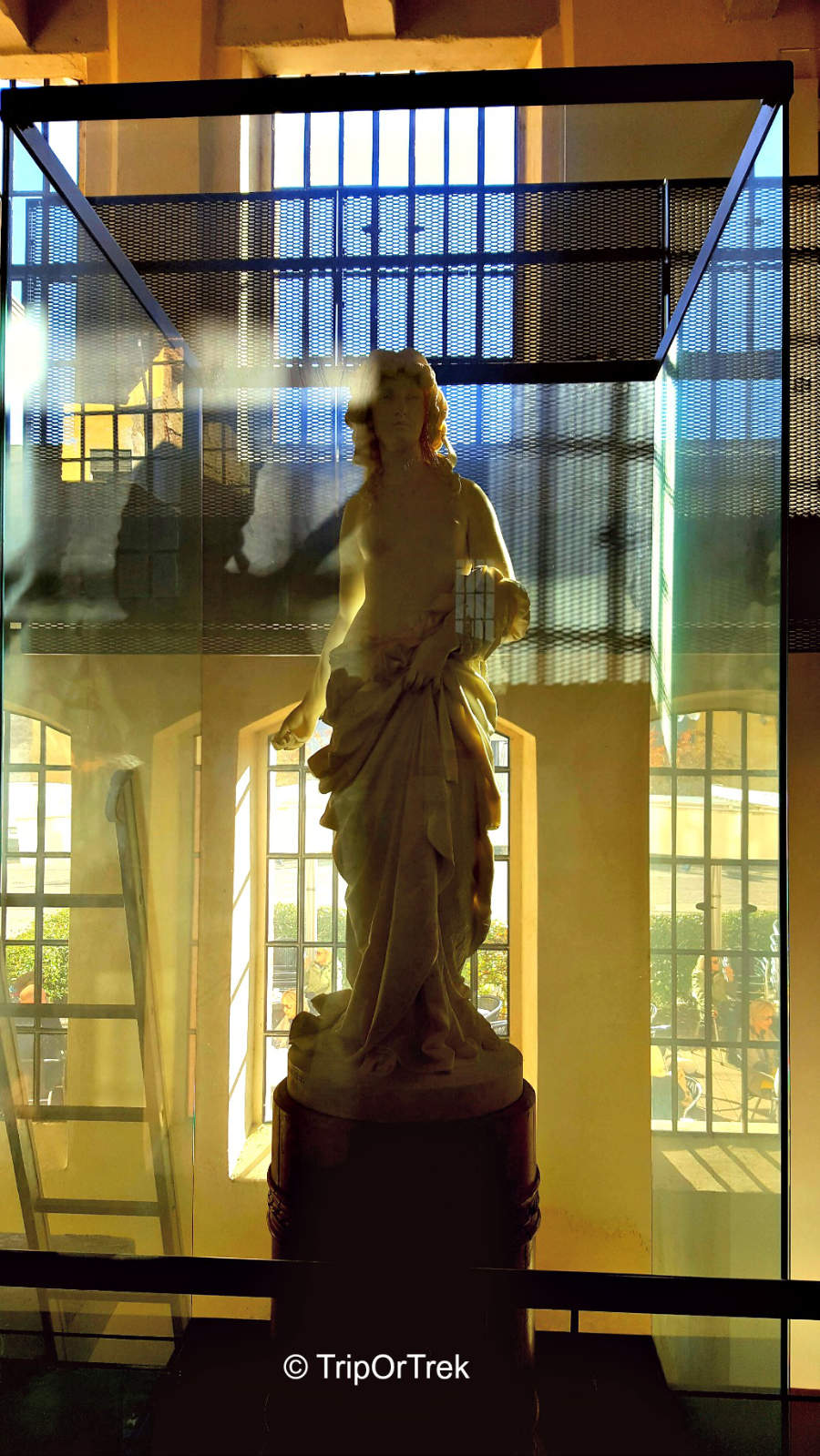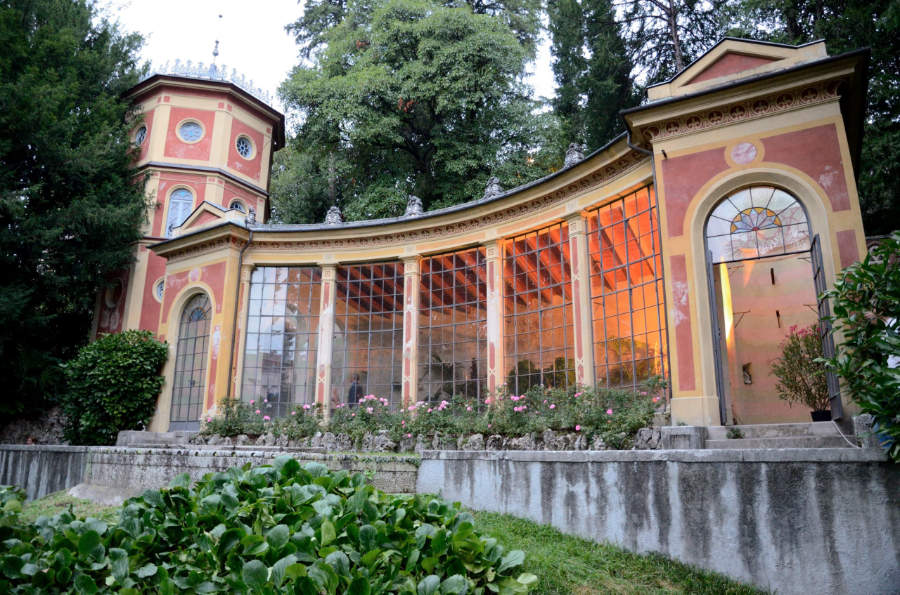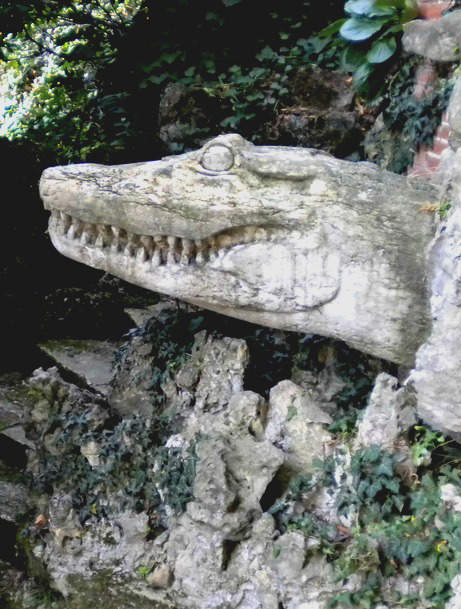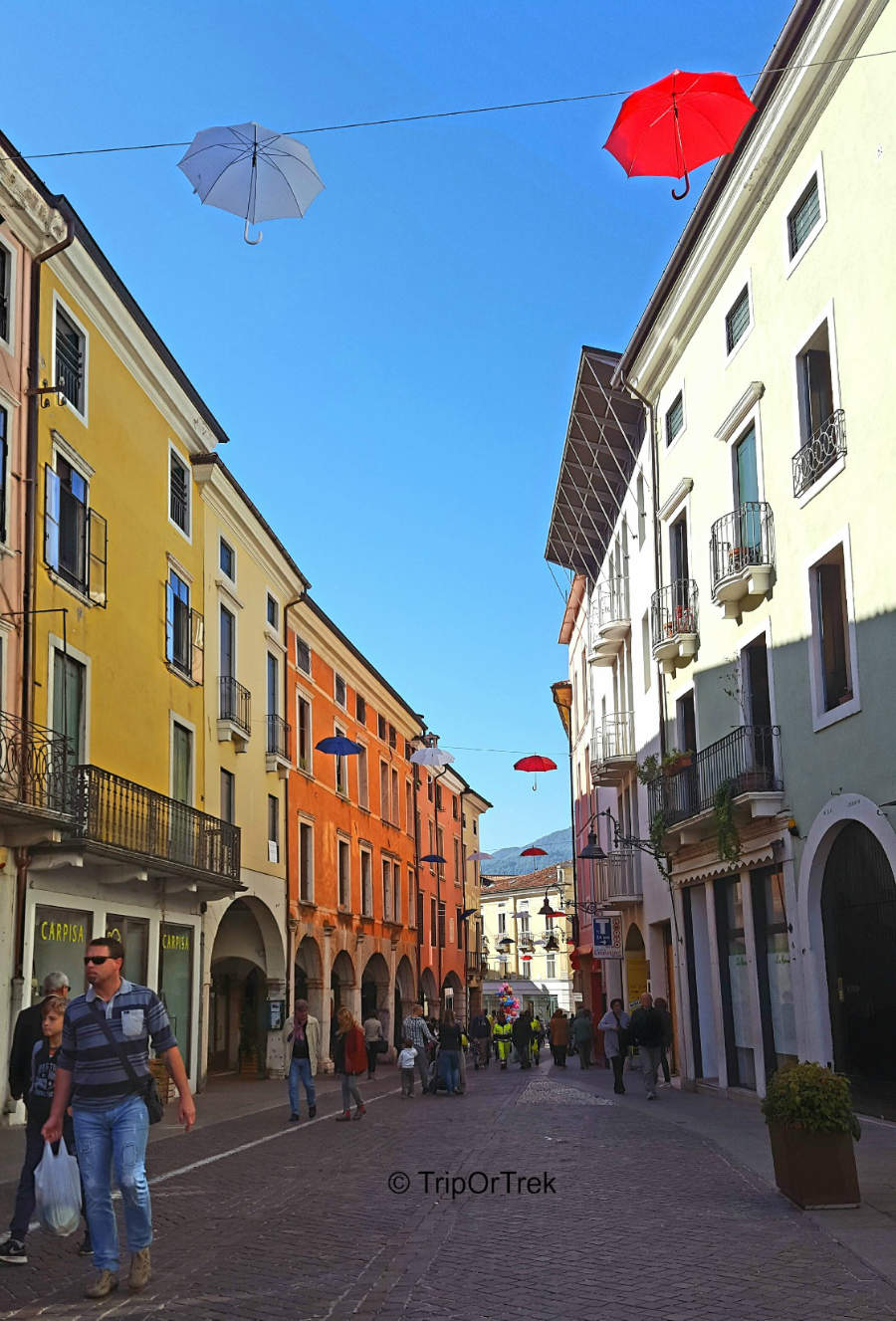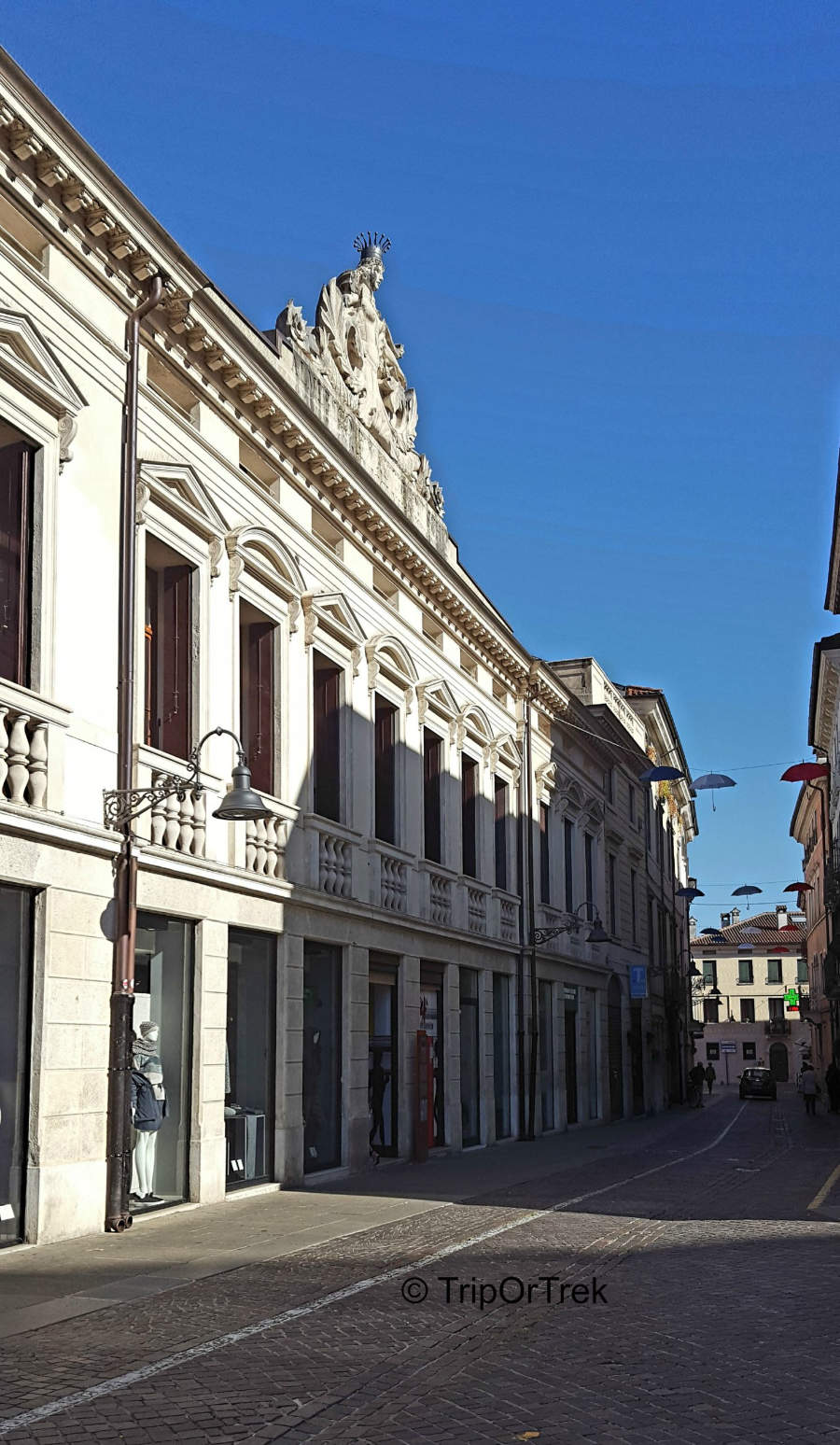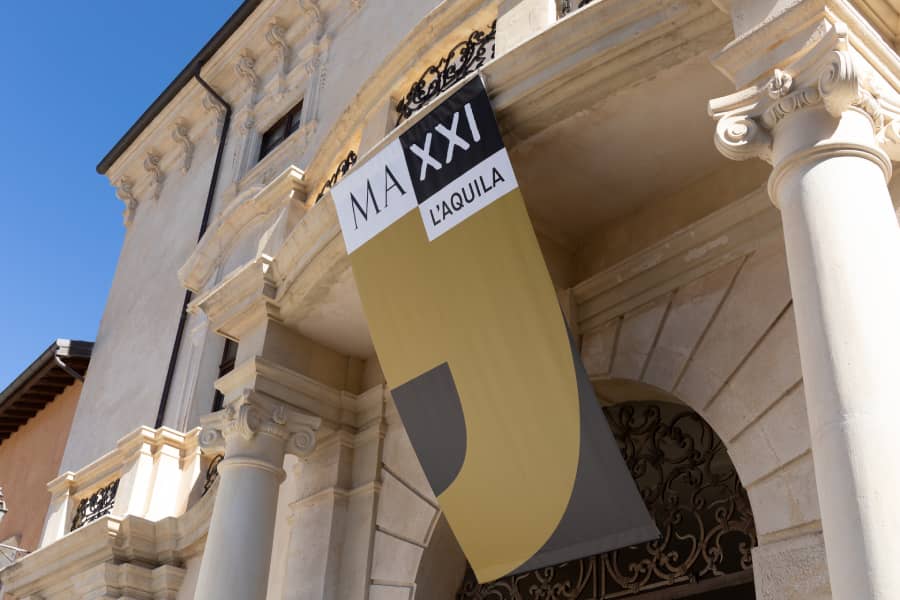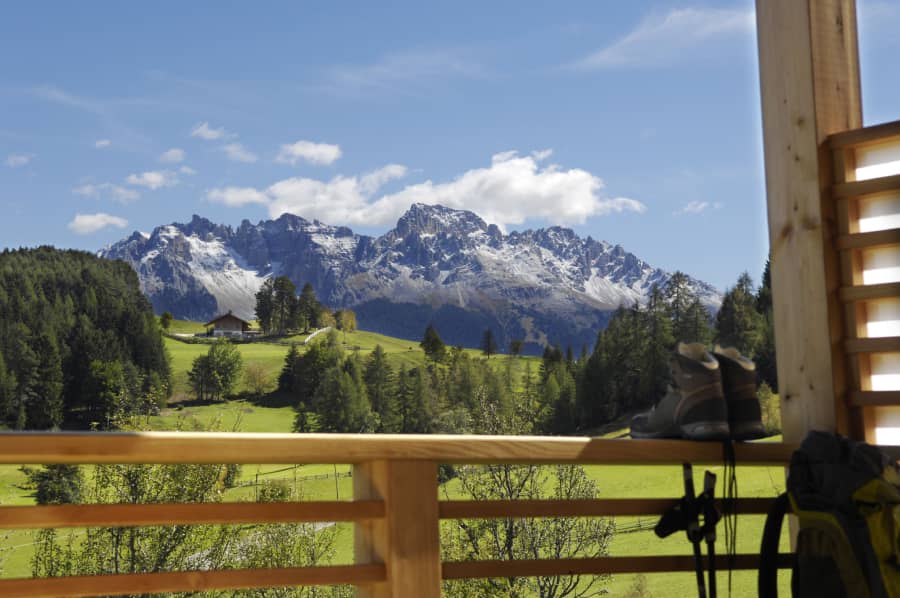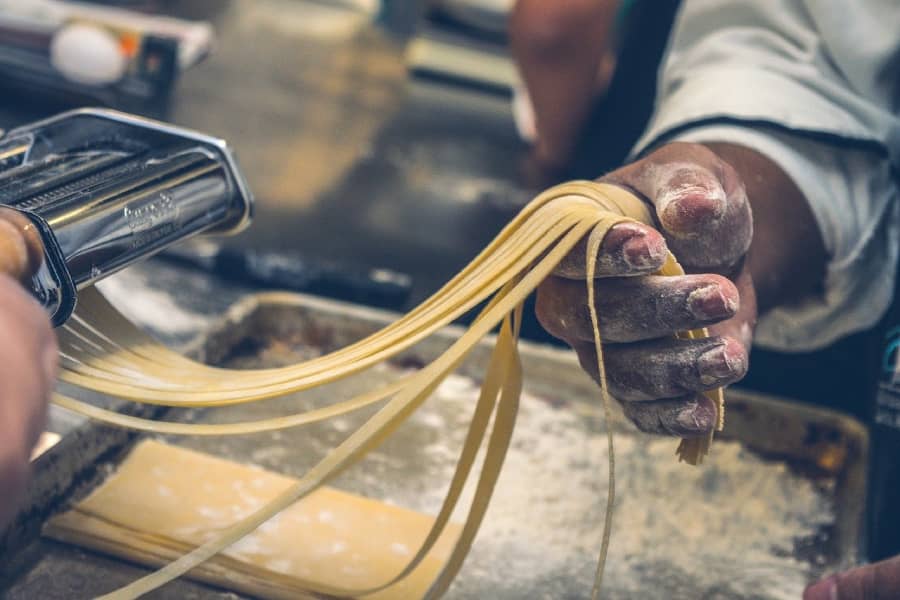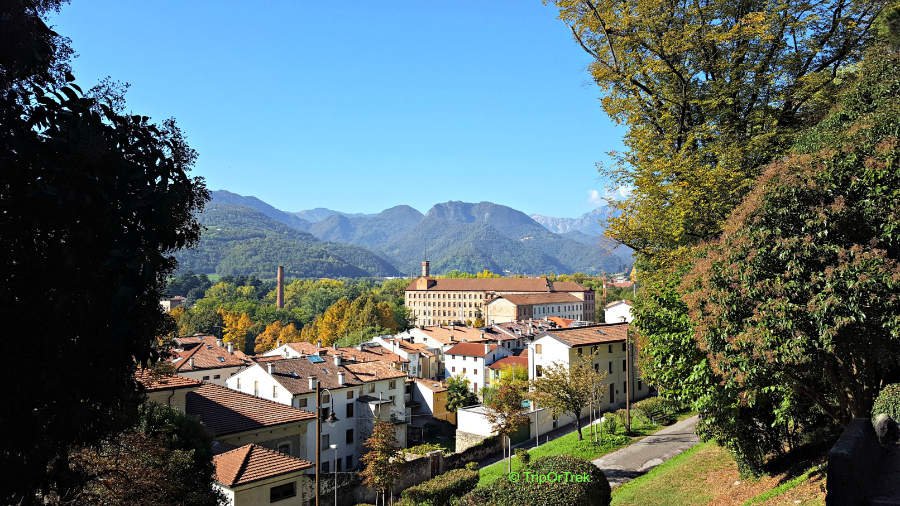
At the foot of the Little Dolomites,in the heart of Veneto, there is a city where large red brick smokestacks stand out as the last witnesses of an industrial past of great charm.
Schio, a town in the province of Vicenza developed in a middle ground between the plain and the mountain, was and is still today a “company town” whose life revolves around the industry. For his industriousness and the rainy weather many people have called it “the Manchester of Italy”, I, instead, call it home.
The filmmaker Ferzan Ozpetek once said: “You can leave forever the childhood home? Never. They remain always within us, even when it no longer exist, including when being destroyed by diggers and bulldozers”. I left often Schio, then I returned and I rediscovered the city, maybe a little ‘different, but always true to its spirit of “company towns”. In the past, Schio was famous for “Panni Alti”, rich fabrics that were produced in its factories, but of the great industrial revolution, now, what is left?
In the late eighteenth century, the city was the capital of the wool production of the Republic of Venice, but it’s in the early nineteenth century who was born on wool mill destined to mark its history: the Lanerossi. The factory founded by Francesco Rossi, now closed and the focus of a debate on how to bring it back to life, became one of the major national industries as well as a reference point for the economic and social fabric of the territory thanks to the work of the founder’s son: Alessandro Rossi. The symbol of the modernization of the city and of the evolution of Rossi’s industry, in fact, is the great “Fabbrica Alta”, an imposing six-story building that is one of the largest industrial archaeological sites in Italy.
If the Fabrica Alta’s fate is still uncertain, that of the nearby Lanificio Conte is well defined since the ancient factory, today is a modern multipurpose center used for exhibitions and conferences.
Built near the “Roggia Maestra”, an artificial canal that runs through the town and which once supplied hydropower to factories, Lanificio Conte, in 1883, four years after the invention of the Edison lamp, was among the first in Italy to to have electric lighting. The restoration of this building, completed in 2013 through the efforts of the municipality and to the financial support of the Region, has returned to the city a new cultural space and a new square where vigil the bronze bust of Alvise Conte, the owner of the factory.
Past and present coexist also along the banks of the stream “Leogra”, where there’s the “Workers’ district”: a residential area, desired by Alessandro Rossi, designed by the architect Antonio Caregaro Negrin and built between 1872 and 1896, where you can admire houses, restored today, but whose style denotes the factory hierarchies of the past: from the terraced houses for the workers to villas for executives.
Among the treasures of the past back to life there is also the Teatro Civico: an Art Nouveau structure that retains an old world charm and magic. It was the “Mefistofele” by Arrigo Boito, replicated for fourteen series, to inaugurate the theater in the evening of June 9, 1909, and today great actors of the Italian theater, performs on its stage thanks to the work of the Fondazione Teatro Civico.
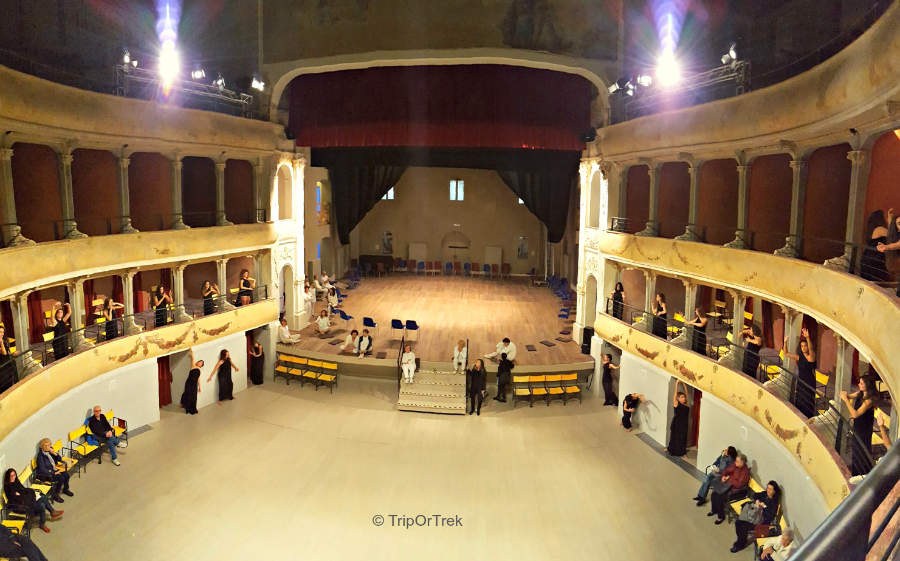
In town there aren’t only factories, indeed, another architectural gem designed by Antonio Caregaro Negrin for the will of Alessandro Rossi is the Jacquard Garden: green area of the late romantic inspiration, situated in front of the Fabbrica Alta.
The Municipality is restoring it with the Jacquard Theatre, the structure willed by Rossi to cheer his workers after work.
But in the garden, between sinuous paths decorated with plants of various types, there is also a greenhouse with large windows that hides the entrance to some small artificial caves populated by statues of nymphs and crocodiles.
The historic center of Schio is tiny, you can visit it with a walk, and is full of mansions and narrow streets that offer glimpses of an Italy ancient but modern at the same time. An Italy also known by a young Ernest Hemingway in 1918 when, stretcher-bearer of the American Red Cross in serving in the Great War, stayed in the “Osteria Due Spade” that once was also a hotel. In memory of Hemingway, outside the pub, you will find a plaque.
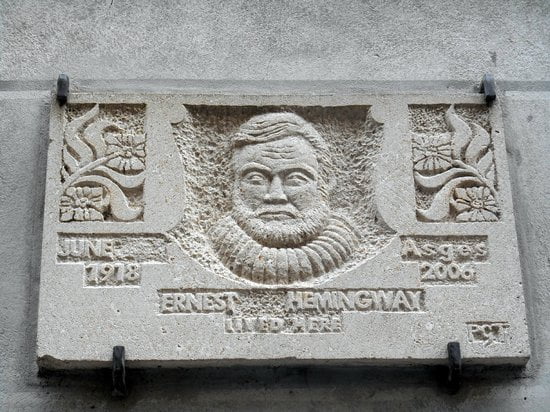
If the factory has made great the city, to make great the factory were the workers. It was so in the past and is so today. The Schio inhabitants are hard-working people and their symbol is the “Omo” the monument to the weaver, commissioned by Alessandro Rossi to the sculptor Giulio Monteverde in 1879. He stands in Piazza Duomo, with his hat on his head and a shuttle in hand, the tool that contains the thread for weaving.
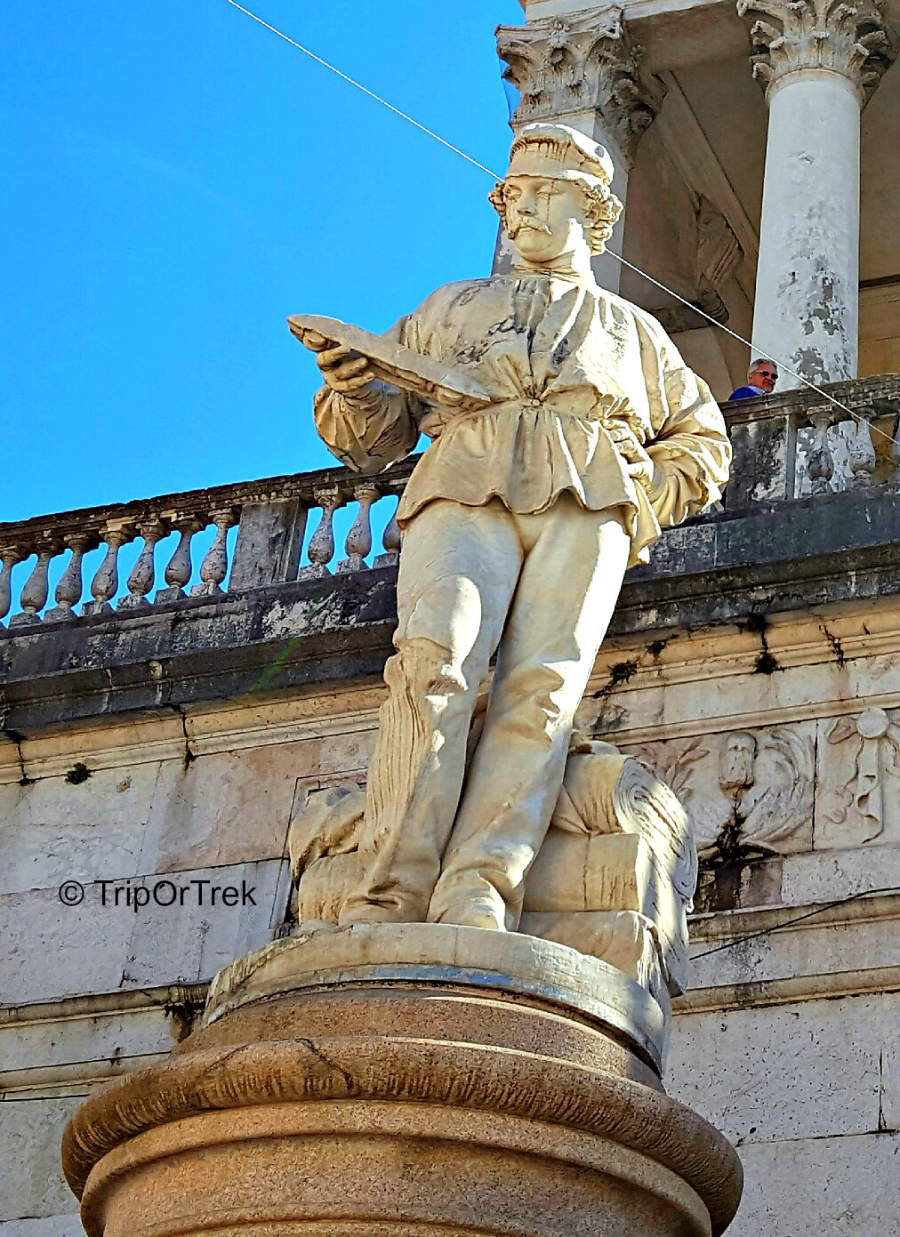
At his feet there are folded cloths, the result of the hard work of a day and of a life. He stands here, on his base, to view life flowing and the changing city, faithful guardian of Schio’s history: the “Manchester of Italy” at the foot of the Little Dolomites. My home.
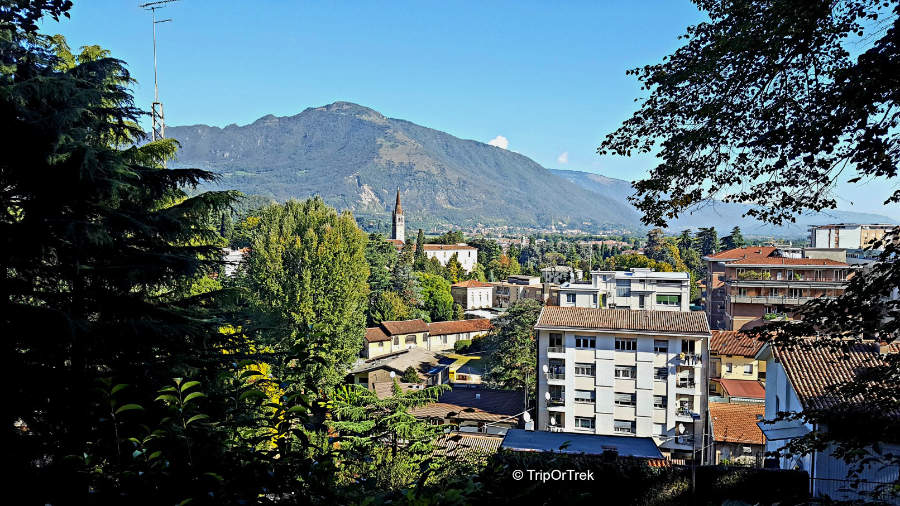

Viaggio e racconto il tuo territorio scrivendo di turismo, marketing territoriale e storytelling nel mio blog TripOrTrek



